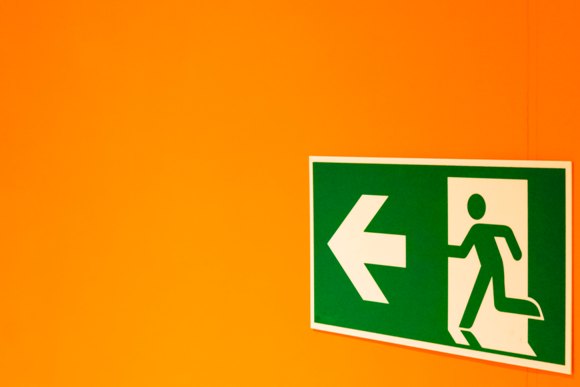A panic attack can be frightening, overwhelming and a very uncomfortable experience but it is ABSOLUTELY NOT DANGEROUS.
It is an extremely natural bodily response to perceived danger. It serves us well sometimes and keeps us alive sometimes – think – don’t step in front of that bus ! don’t get in a relationship with that abusive person ! However those intense bodily responses are very difficult to cope with, especially when they occur in the absence of any immediate danger.
Or, in the case of agoraphobia, they can occur in response to situations that have no apparent life threatening potential (such as getting in to your car, catching a bus, going to the supermarket). Your mind may interpret these bodily reactions e.g. heart palpitations, dizziness as life-threatening, when they are absolutely not. This may intensify the fear, it becomes an upward spiral of panic.
It is important not to fight the panic because this can make it worse. Try not to tense your body and actively work on slowing your breathing right down.
Claire Weekes, in her book Hope and Help for Your Nerves and Peace from Nervous Suffering, describes a four-step approach for coping with panic.
Face the symptoms – don’t run from them.
Attempting to suppress or run away from the early symptoms of panic is a way of telling yourself that you can’t handle a certain situation. In most cases, this will only create more panic. A more constructive attitude to cultivate is one that says, “Okay, here it is again. I can allow my body to go through its reactions and handle this. I’ve done it before”.
Accept what your body is doing – don’t fight against it.
When you are trying to fight panic, you simply tense up against it, which only makes you more anxious. Adopting just the opposite attitude, one of letting go and allowing your body to have its reactions (such as heart palpitations and chest pain) will enable you to move through panic much more quickly and easily. The key is to be able to watch or observe your body’s reactions without reacting to it with fear or anxiety.
Float with the wave of a panic attack rather than try to force your way through it.
Claire Weekes makes a distinction between first and second fear. First fear consists of the physiological reactions underlying panic; second fear is when you make yourself afraid of those reactions by saying scary things to yourself like “I can’t handle this!” or “What if other people see me ?”.
Allow time to pass.
Panic is caused by a sudden surge of adrenaline. If you can allow and float with the bodily reactions caused by this surge, much of this adrenaline will metabolise and be reabsorbed in three to five minutes. As soon as this happens, you will start to feel better. Panic attacks are time limited. In most cases, panic will peak and begin to subside within only a few minutes.
At Takapuna Therapy we can work together using a comprehensive proven program to reduce your panic


